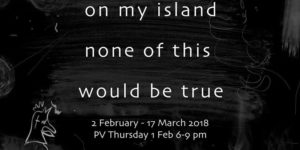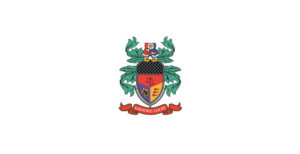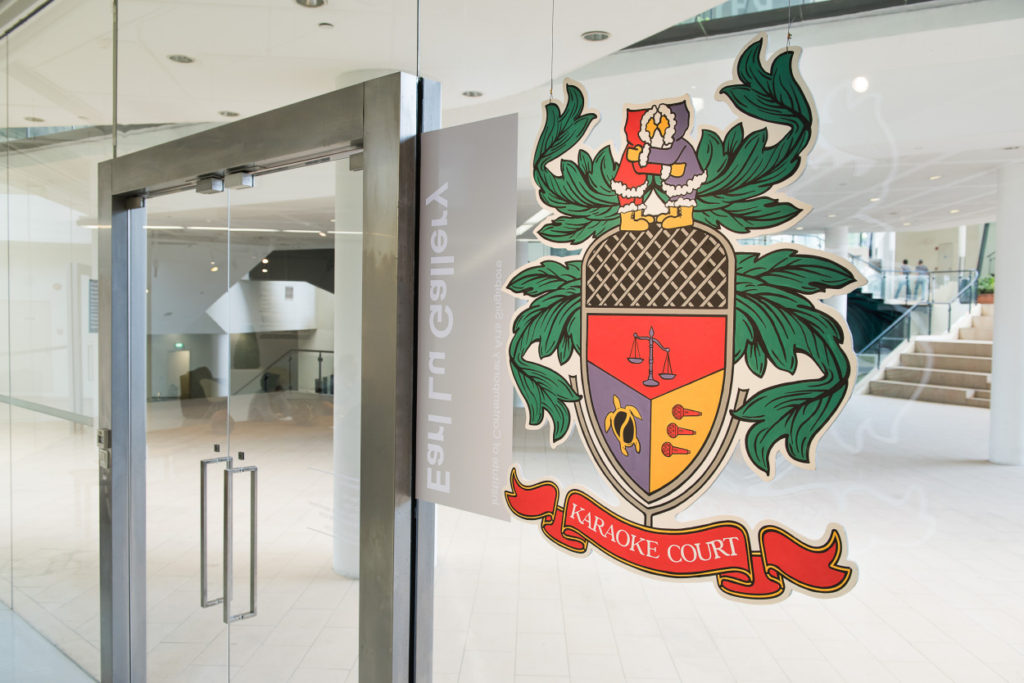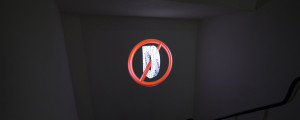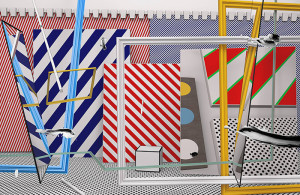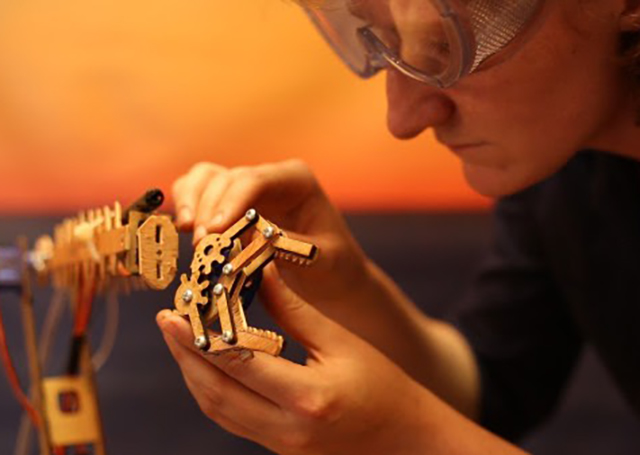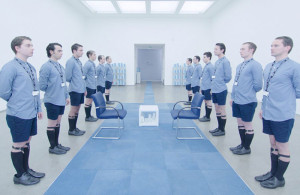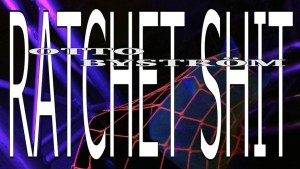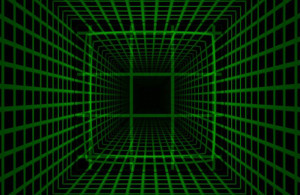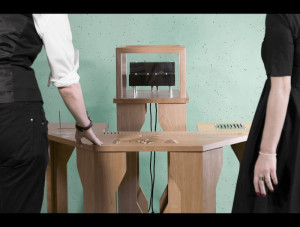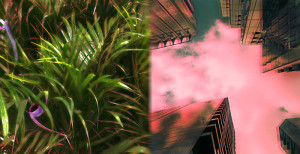The on my island none of this would be true at London’s Arebyte opens February 1 and is running to March 17.
Curated by Chris Rawcliffe, the featured artists include Naama Arad, Guy Ben-Ner, Verity Birt in collaboration with Holly Graham and Richard-Forbes Hamilton, Edgar–Walker, Gery Georgieva, Joan Jonas, Terence McCormack, Hannah Regel and Mike Seaborne.
The first show of Arebyte’s 2018 programme, which will focus on the theme of ‘Islands’ through a number of shows and residencies, presents a multimedia installation explores “the various interpretations and contradictions that islands summon in our minds” from freedom, holidays and Brexit to forge empires and forgotten lands.**
Visit the Arebyte website for details.**
share news item
